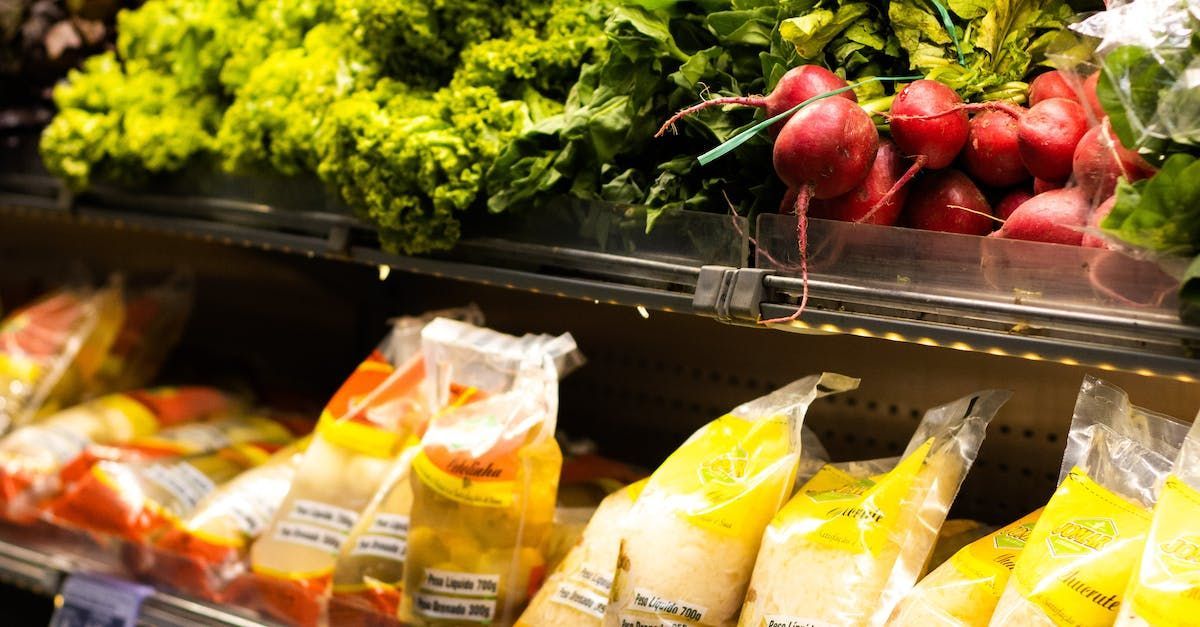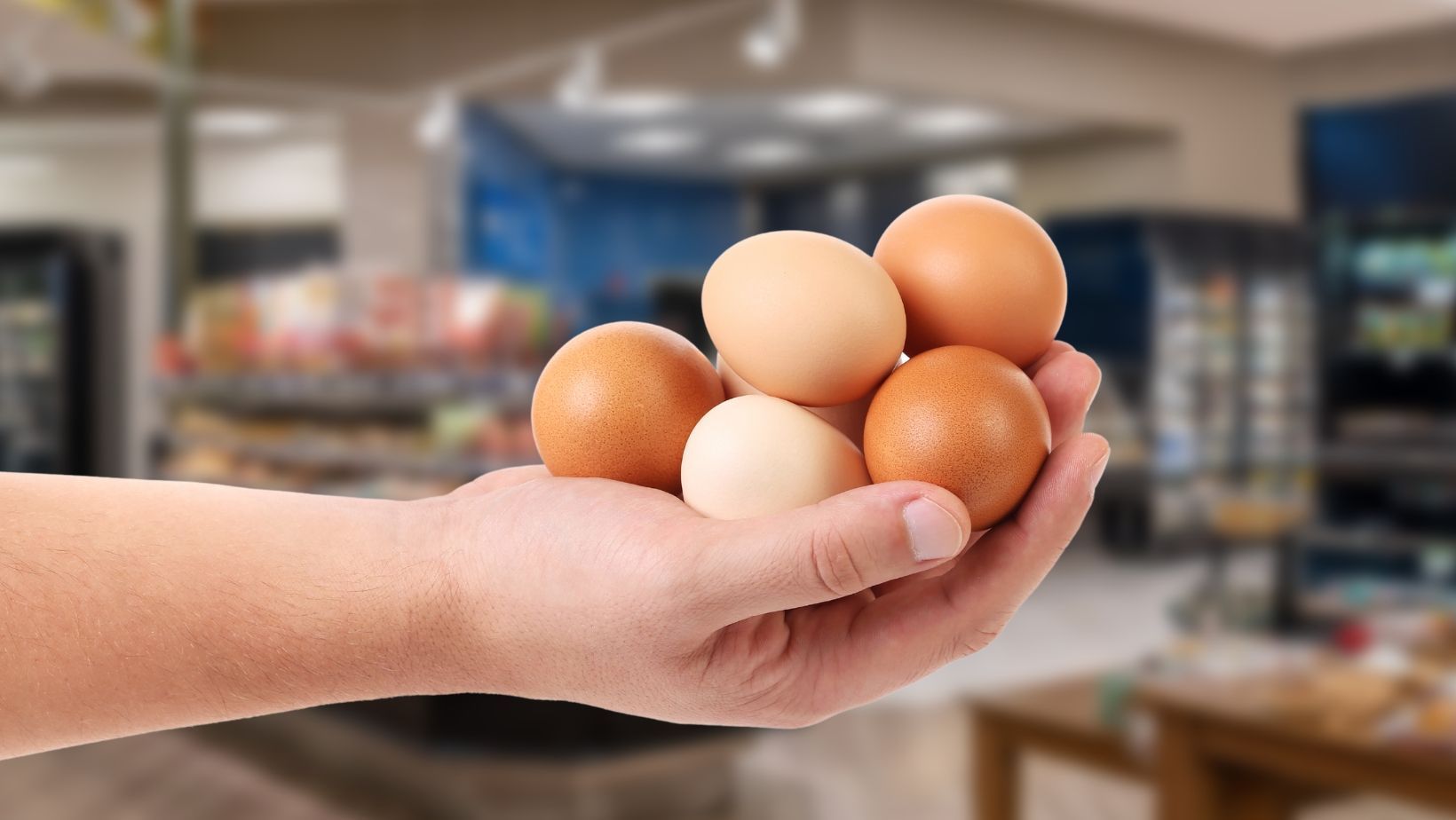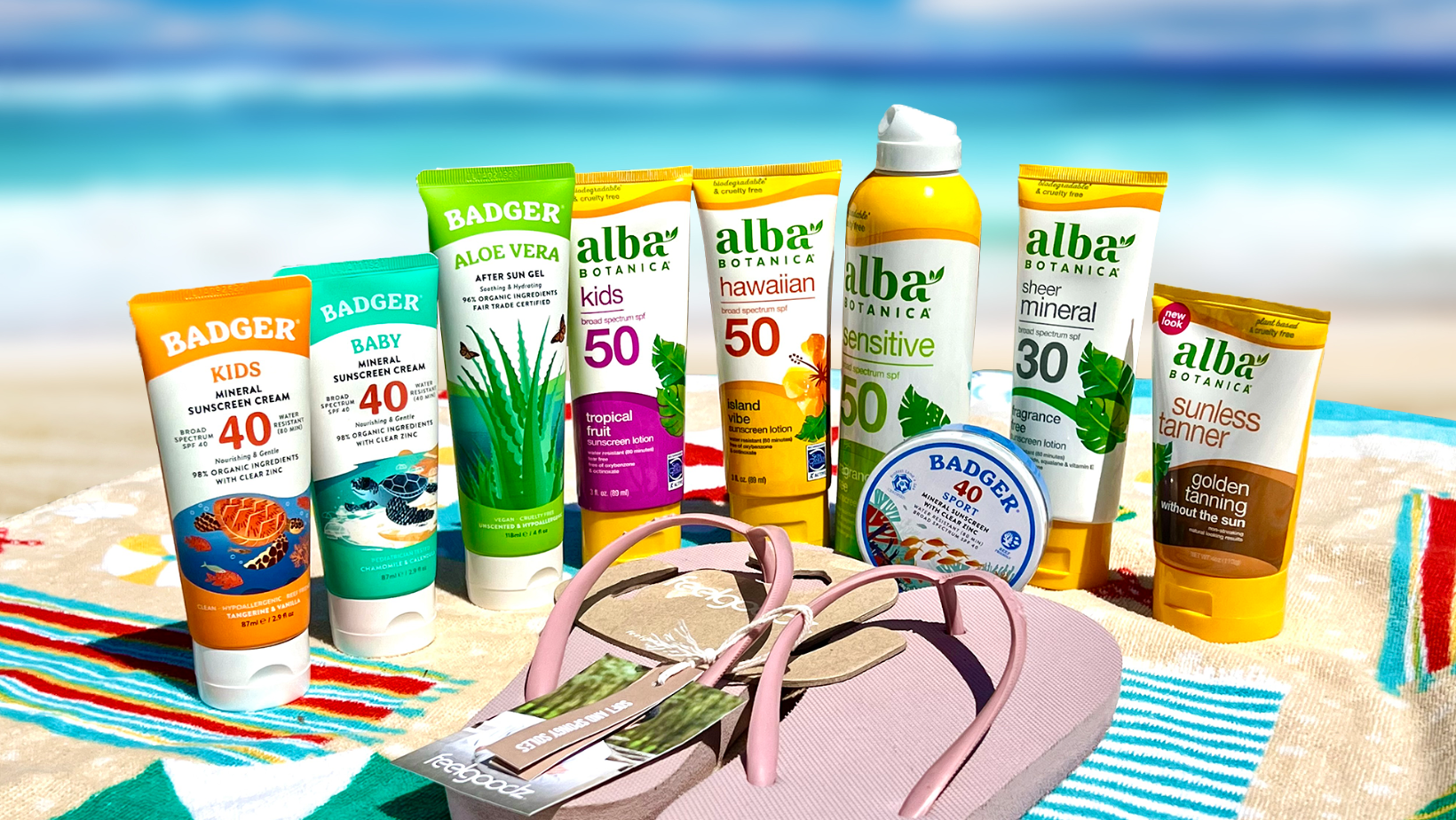The Delicious and Versatile Egg
By: Robin Asbell
One of my best friends in high school kept chickens. Or rather, her mother kept a motley flock of renegade birds in an enclosure at the back of the property. The chickens were all different sizes, colors and shapes, and I am sure my friend's mother had never bought a laying hen in her life, just sort of 'came by' them. After dinner, we got to throw our leftovers to the chickens. My favorite leftover "feed" was spaghetti, which we scattered over the chicken wire roof enclosure, where the noodles dangled enticingly. The chickens flapped and cackled and craned their necks to snatch noodles and gulp them down.
The bonus for feeding the chickens was that I often got a dozen eggs to take home to my mom. The first time I brought home eggs, we opened up the carton and saw a variety of sizes eggs and colors: brown, white, mottled blue greens, even a yellow. At first we were a little hesitant to try them, but once we cracked those super fresh eggs, with their deep orange yolks, into a pan and tasted them, we were sold.
It turns out, the shell colors are an indication of the breed of chicken, and nothing else. A brown egg is from a breed with red earlobes; a white egg is from a breed with white earlobes. But what is inside depends completely on what the bird eats.
These days I no longer have access to those wonderful backyard eggs. Gone, too, is the firsthand knowledge about how the chickens are raised. But today, egg labels, such as Free-range, Certified Organic and vegetarian help identify how the animals are kept. Some labels and marketing terms are regulated, while others are not.
Eggs are so omnipresent in cooking that it's easy to overlook their complexities. Scrambling a few for breakfast is easy enough that a child can do it, but eggs are capable of amazing feats as well.
Separated, egg whites can be whipped to hold air bubbles, creating meringues and angel-food cakes. Not to be outdone, egg yolks serve as an emulsifier, that will help bind water and oil in a sauce or dressing, and have a smoothing effect on many preparations. Together, the egg white and yolk give baked good both structure and richness, and are a valuable binder in everything from coating foods with crispy crusts to lasagna or frittatas.
To master the egg, there are a few techniques that are essential.
Separating an egg; whipping egg whites
In baking, separating and whipping eggs is a handy skill. To separate, have two clean dry bowls, because a smear of fat (yolk) will interfere with egg whites' ability to whip properly. Tap each egg on a flat surface, aiming for the wide midpoint. Crack the egg and hold it over the egg white bowl, opening the shell and allowing the whites to slip out of the shell, but using the two shell halves to contain the yolk. Then, transfer the yolk to the other bowl. If, during this process, you break the yolk and a drop of it gets into the whites, carefully capture it with a spoon, and it should be alright. From there, beat egg whites to soft or firm peaks, as specified in your recipe. To judge the peaks, turn off the mixer, lift the beaters from the bowl and look at the mounds of white they leave behind. Do the tips point straight up? That is firm peak. If the tips fall over to the side, that is soft.
Folding egg whites
Inside those egg whites, long proteins are being stretched and formed into strings, which trap and hold air. To keep that magic intact, folding your egg whites into your mixture is essential. In a typical soufflé or cake, start by mixing a bit of the egg whites, about 1/4 or 1/3 of the total, into the base mixture to loosen it. Then, slip the whole mass of beaten whites into the bowl on top of the mixture, and plunge your spatula into the center. Pull the spatula toward you, across the bottom of the bowl, and up. Turn the bowl a quarter turn, and repeat. This movement incorporates the whipped egg whites without crushing the bubbles. When the mixture is just combined, with no large streaks of whites or batter, transfer to the baking pan and bake immediately.
Eggs as binders in baking
Eggs are also used whole in baking, binding and moistening the crumb of everything from muffins to cakes. When whole eggs are used, they are usually simply cracked into a bowl and lightly whisked, just to mix the yolk and white. That allows you to mix them more easily into the liquids of the recipe.
Egg yolks as emulsifiers
In dressings and sauces, we often call upon the emulsifying effects of egg yolks. The yellow yolk contains lecithin, an emulsifier that helps bind oil and water mixtures. This is the crucial ingredient that allows mayonnaise, hollandaise, and other egg based dressings and sauces to exist. In mayonnaise, egg yolks, vinegar, and other water based ingredients are whipped, and oil is very gradually whipped in, creating a creamy texture. The yolks actually bind microscopic droplets of oil into a matrix of seasoned yolk, in an amazing feat of nature.
The perfect scrambled egg
On the stovetop, we often think eggs are easy, but we can all learn a thing or two. If you are a fan of scrambled eggs, try whisking your eggs with a little cream, then cooking them in the top of a double boiler. The lower the heat you use, the more tender they will be. In fact, turning down the heat on your fried eggs is a good idea, too. The same whites that can whip to hold air can turn rubbery when cooked over high heat, so be gentle. A great omelet takes patience, as you gently move the cooked curds and allow raw egg to slip underneath, until all the eggs are softly cooked, at which point you can fill and fold.
The perfect boiled egg
For a perfect boiled egg, put eggs in a pan and cover with plenty of cold water. Over high heat, bring to a boil, watching vigilantly so that you can take the pan off the heat as soon as a rolling boil is achieved. Let the pan stand, covered, for 15 minutes, then drain and rinse with cold water. Some insist that alternating baths in hot and cold water will loosen the shells, but it really depends on the freshness of the egg. Chill the eggs lying on their sides, and turn them after ten minutes, so the yolks will be centered, for a pretty presentation. A green line around the yolk of a boiled egg is a sign of overcooking.
Fresh eggs
The ease of eggs makes them a go-to staple in many households. Buy really fresh eggs, and you can keep them around for a couple of weeks, and if you check the box, they are good for 3-5 weeks after the date stamp. As the egg ages, the air sac inside the blunt end of the egg grows larger, so an older egg will hover in a glass of water, while an egg that floats on top is probably bad. A really fresh egg will have a round yolk that stands up tall when you crack it, and two distinct layers of white as it spreads in the pan. It will also be difficult to peel neatly because the interior membrane is still clinging tightly to the shell. As time goes on, the yolk softens and flattens, the white becomes thinner, the membrane shrinks a little bit way from the shell and the whites will not whip as high as fresh ones.
Eggs do make excellent breakfast fare, but there is no reason to relegate them just to the morning meal. Eggs in frittata, soufflé, or tostadas and pizzas for lunch and dinner are just as good. Eggs are one of those staples that can stay in the background, or take a turn in the limelight.











